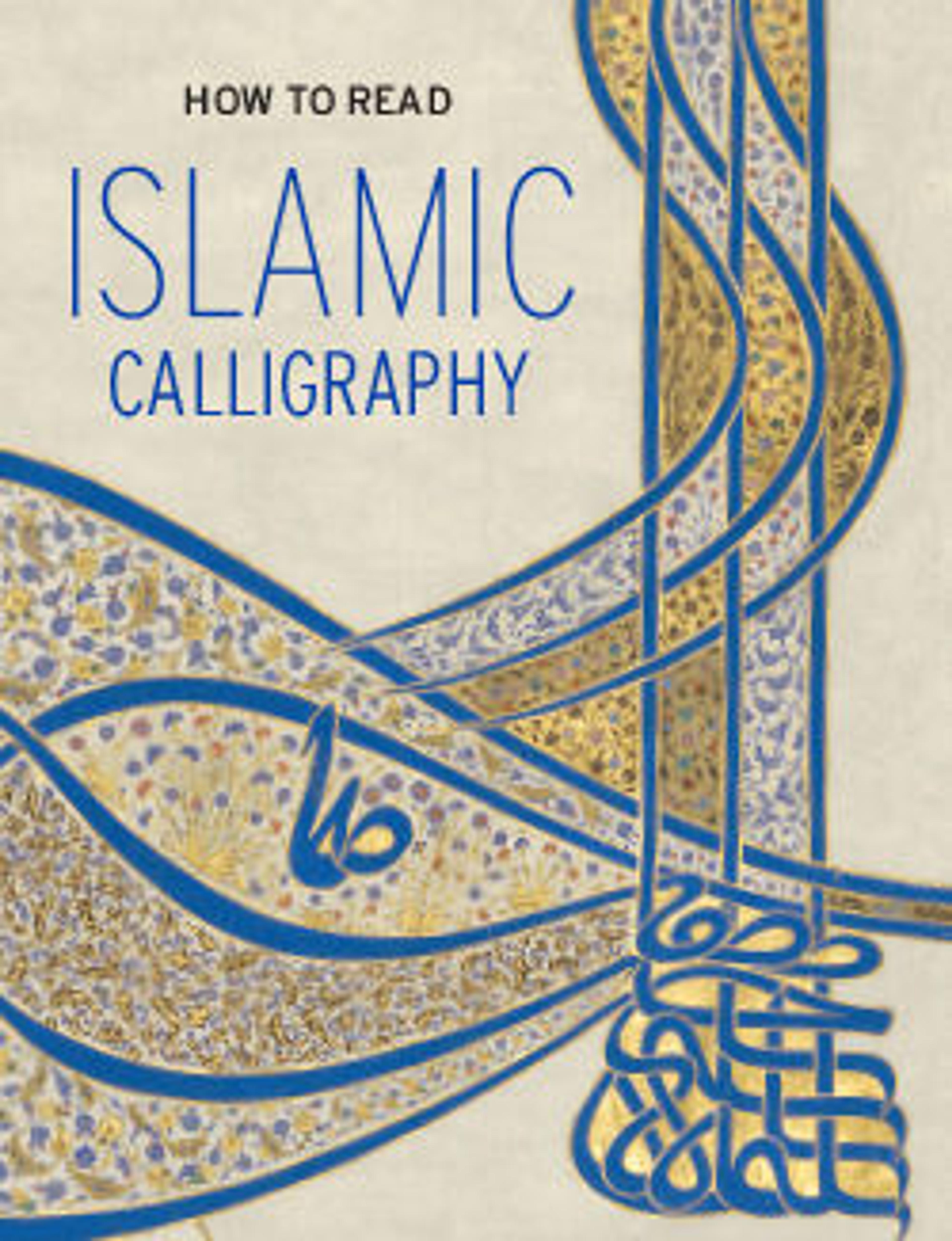Seascape with Three Boats
This calligraphic painting represents just one aspect of the Pakistani artist Sadequain's oeuvre. He was from a family of scribes and had trained in calligraphy in his youth, but started his career with oil paintings and murals. His works depicting Cubist-like figures, seascapes, and landscapes, which often tackled moral and political issues, gained him local fame and state patronage in the 1950s. In 1961, he won recognition at the Paris Biennal and throughout the decade exhibited in the United States and Europe. But calligraphy remained an interest and he came to focus on this genre during the 1970s, when many modern artists of the Islamic world were returning to this traditional form of art.
In this painting, Sadequain has arranged the inscription on a series of boats which, in the Qur'an, often symbolize safety and security. The inscription reads: "In the name of the memorable Qur'an. In the name of the glorious Qur'an. In the name of the pen [and anything it writes]." The letters in the front of each boat, sad, qaf, and nun, may refer to the appearance of individual letters at the beginning of some suras of the Qur'an, and playfully, perhaps, allude to the artist's own name.
In this painting, Sadequain has arranged the inscription on a series of boats which, in the Qur'an, often symbolize safety and security. The inscription reads: "In the name of the memorable Qur'an. In the name of the glorious Qur'an. In the name of the pen [and anything it writes]." The letters in the front of each boat, sad, qaf, and nun, may refer to the appearance of individual letters at the beginning of some suras of the Qur'an, and playfully, perhaps, allude to the artist's own name.
Artwork Details
- Title:Seascape with Three Boats
- Artist:Sadequain (Pakistani (born India), Amroha 1930–1987 Karachi)
- Date:20th century
- Geography:Made in Pakistan
- Medium:Oil on wood
- Dimensions:Painting:
H. 22 1/2 in. (57.2 cm)
W. 32 in. (81.3 cm)
With Frame:
H. 30 1/2 in. (77.5 cm)
W. 39 3/4 in. (101 cm) - Classification:Paintings
- Credit Line:Gift of the Government of Pakistan, 1980
- Object Number:2016.12
- Curatorial Department: Islamic Art
More Artwork
Research Resources
The Met provides unparalleled resources for research and welcomes an international community of students and scholars. The Met's Open Access API is where creators and researchers can connect to the The Met collection. Open Access data and public domain images are available for unrestricted commercial and noncommercial use without permission or fee.
To request images under copyright and other restrictions, please use this Image Request form.
Feedback
We continue to research and examine historical and cultural context for objects in The Met collection. If you have comments or questions about this object record, please contact us using the form below. The Museum looks forward to receiving your comments.
